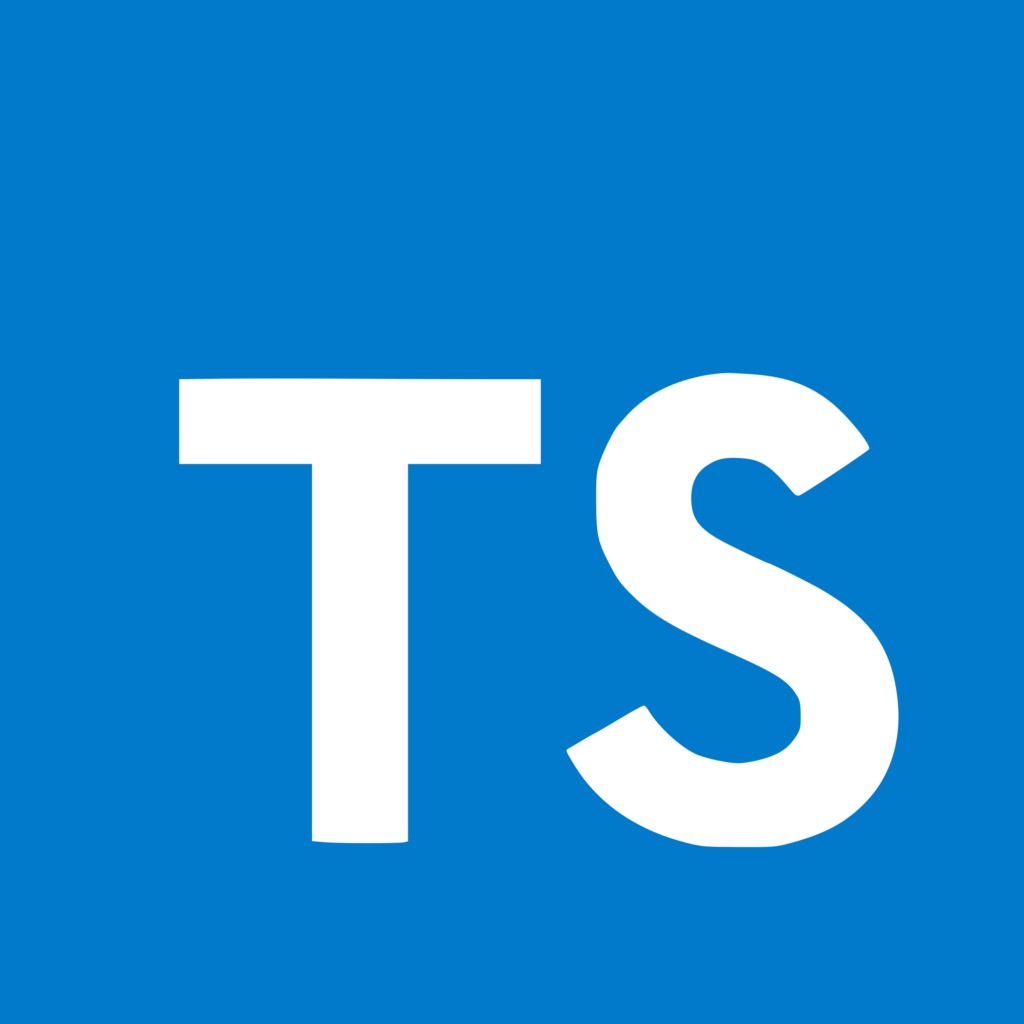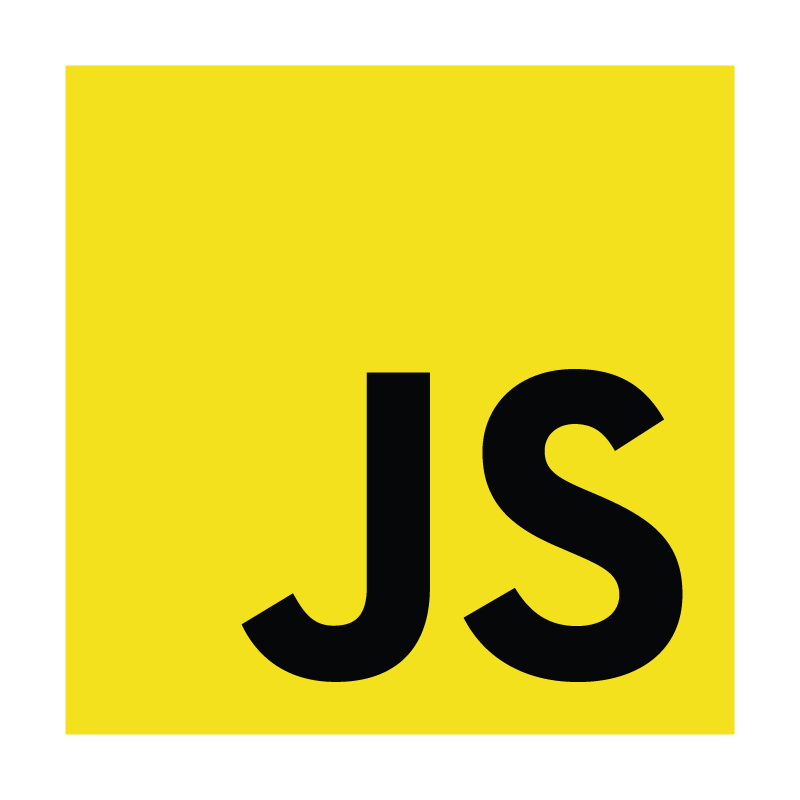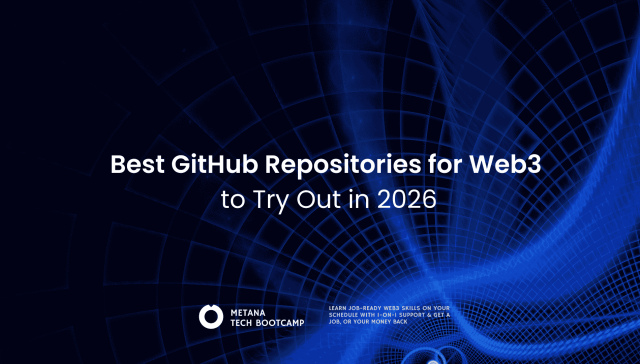In today’s world, where a lot of programming languages are in use across various applications, you might find yourself asking, What is the best programming language to learn? The answer isn’t simple, each programming language comes with its own strengths and weaknesses and is suited to specific use cases. However, selecting the right language is important to setting yourself up for success. A well-informed choice can align your learning with your career goals, making sure you’re equipped with the tools and knowledge to succeed in your desired field.
So, which programming language is right for you? This article is here to help you decide. We’ll explore popular programming languages, examining their strengths and limitations, and identify the areas in which they excel. By the end, you’ll have a clearer understanding of which language aligns best with your career goals and interests, equipping you to make an informed decision as you begin your coding journey.
What is a Programming Language ?

Before choosing which programming language to learn, it’s important to understand what a programming language actually is.
A programming language is a formal system of communication that allows humans to write instructions for computers to execute. It provides a structured way for developers to express algorithms and commands in a manner that a computer can interpret and carry out. At its core, a programming language uses a specific syntax, a set of rules and symbols that developers follow to perform tasks, manipulate data, or interact with software and hardware.
Just as human languages enable people to convey thoughts and ideas, programming languages enable developers to create applications, automate processes, analyze data, and more. Each language has unique characteristics suited to particular types of tasks, whether it’s building websites, developing mobile apps, managing databases, or running complex simulations, making programming languages the backbone of all software and technology.
Popular Programming Languages in 2025
So, what are the popular programming languages in 2025? Following are some of the most common ones, each offering a path to interesting career opportunities.
Python
Python continues to be one of the best programming languages to learn. Its simple syntax and readability make it an excellent choice for beginners and experienced developers alike. Python is versatile and can be used for web development, data analysis, artificial intelligence, machine learning, automation, and more.
With its extensive libraries and supportive community, Python is a powerful tool for a wide range of applications. Its adaptability allows developers to seamlessly switch between projects, from building interactive websites to creating complex AI models. The language’s role in data analysis and automation further boosts its appeal, especially in industries focused on efficiency and innovation. For anyone looking to build versatile, future-ready skills, Python remains a top choice in the programming world.
Following are some key features of Python
| Easy to Learn | Python’s syntax is clear and straightforward, making it an ideal language for beginners. |
| Rich Libraries and Frameworks | Python boasts a vast collection of libraries and frameworks, such as Flask and Django for web development, and NumPy and Pandas for data science. |
| Strong Community Support | Python has a large, active community that provides resources, tutorials, and support. |
JavaScript
JavaScript is the backbone of web development and is essential for anyone looking to work in the tech industry. It allows developers to create interactive and dynamic web pages. With the rise of frameworks like React, Angular, and Vue.js, JavaScript has become even more popular.
JavaScript’s role goes far beyond just front-end interactions. It powers server-side development as well using platforms like Node.js. This versatility has established JavaScript as a core technology for full-stack development, enabling developers to use a single language across the entire application.
Following are some key features of JavaScript
| Versatile | JavaScript can be used for both front-end and back-end development, especially with the advent of Node.js. |
| Rich Ecosystem | It has a vast ecosystem of libraries and frameworks that simplify complex tasks. |
| Asynchronous Programming | JavaScript supports asynchronous programming, allowing for better performance in web applications. |
Java
Java is a time-tested programming language that has been around for decades. It is known for its portability, scalability, and performance. Java’s stability and robustness make it ideal for large-scale applications, from banking software to e-commerce platforms. Its strong memory management and multithreading capabilities ensure high performance and reliability, particularly for complex, data-heavy applications.
Additionally, Java’s extensive libraries and frameworks, such as Spring and Hibernate, streamline development, making it a staple for backend development.
Following are some key features of Java
| Platform Independence | Java programs can run on any device that has the Java Virtual Machine (JVM) installed. |
| Strongly Typed | Java’s static type system helps catch errors at compile-time, leading to more robust code. |
| Object-Oriented | Java’s object-oriented nature allows for code reuse and easier maintenance. |
Go
Go, also known as Golang, is a statically typed language developed by Google. It is known for its simplicity, efficiency, and excellent performance. Go is designed for concurrent programming, making it ideal for building scalable applications.
Go’s concurrency model makes it perfect for cloud services, distributed systems, and microservices, where handling multiple processes simultaneously is essential. It’s widely used in backend development for companies like Google, Uber, and Dropbox, which require fast, scalable solutions. Go’s clean syntax and built-in tools for testing and debugging simplify the development process, making it a preferred choice for high-performance, reliable systems.
Following are some key features of Go
| Concurrency Support | Go has built-in support for concurrent programming with goroutines, allowing developers to handle multiple tasks simultaneously. |
| Fast Compilation | Go compiles quickly, making it suitable for rapid development. |
| Robust Standard Library | Go’s standard library provides many features that simplify common programming tasks. |
Rust
Rust is a systems programming language known for its focus on safety and performance. It aims to provide memory safety without sacrificing performance, making it an attractive choice for systems-level programming and web assembly.
Rust’s memory safety features make it ideal for applications where stability and efficiency are critical, such as operating systems, embedded systems, and game engines. With its emphasis on preventing memory leaks and data races, Rust is increasingly popular among developers building performance-sensitive applications.
Additionally, Rust’s growing support for WebAssembly opens up new possibilities for running high-performance code directly in browsers, bridging the gap between low-level control and web development.
Following are some key features of Rust
| Memory Safety | Rust prevents memory leaks and data races at compile-time, leading to safer code. |
| Performance | Rust’s performance is comparable to C and C++, making it suitable for performance-critical applications. |
| Community and Ecosystem | Rust has a growing community and a rich ecosystem of libraries and tools. |
Swift

Swift is a powerful programming language developed by Apple for iOS and macOS application development. It is designed to be easy to use and is known for its performance and safety.
Swift’s ease of use, combined with its robust performance, has made it the standard language for iOS and macOS app development. Its modern syntax and safety features help developers write cleaner, error-resistant code. Swift is highly optimized for Apple’s hardware, making it a great choice for building high-performance mobile apps.
Additionally, Swift’s open-source nature has expanded its reach beyond iOS, with increasing use in server-side applications and even web development, giving it versatility for a variety of projects.
Following are some key features of Swift
| Modern Syntax | Swift has a clean and expressive syntax, making it easier to read and write code. |
| Safety Features | Swift’s type system and error handling promote safer code practices. |
| Interoperability | Swift can work alongside Objective-C, making it easy to integrate into existing iOS projects. |
PHP

PHP is a server-side scripting language widely used for web development. Despite facing criticism over the years, PHP remains a popular choice due to its simplicity and ability to integrate easily with databases.
PHP remains a practical and reliable choice for web development, especially for creating dynamic content and interacting with databases. Its simplicity and extensive community support make it accessible to beginners, while its adaptability allows for powerful backend solutions.
Despite evolving competition, PHP powers a large portion of websites, including content management systems like WordPress. With continuous updates and improvements, PHP continues to be a relevant tool for web developers looking to create responsive, data-driven applications.
| Ease of Use | PHP is easy to learn for beginners and has a gentle learning curve. |
| Wide Adoption | Many websites, including WordPress, are built on PHP, making it a valuable skill. |
| Rich Ecosystem | PHP has a rich ecosystem of frameworks that facilitate web development. |
TypeScript

TypeScript is a superset of JavaScript that introduces static typing to the language. It has gained popularity for building large-scale applications, especially in the front-end development space.
TypeScript enhances JavaScript by adding static types, making code easier to understand, refactor, and maintain, especially in larger applications. It’s widely adopted for front-end development, particularly with frameworks like Angular, React, and Vue, due to its robust tooling and ability to streamline complex applications. As a result, TypeScript has become a favorite for teams seeking both JavaScript flexibility and added safety in their development workflows.
| Static Typing | TypeScript’s static type system helps catch errors at compile-time, leading to more robust applications. |
| Improved Tooling | TypeScript offers better tooling, including autocompletion and navigation. |
| Seamless JavaScript Integration | TypeScript can be used alongside existing JavaScript code, making it easy to adopt. |
Kotlin
Kotlin is a modern programming language that runs on the Java Virtual Machine and is officially supported for Android development. It is designed to be fully interoperable with Java while providing additional features to enhance productivity.
Kotlin offers a streamlined, expressive syntax that reduces boilerplate code, making development faster and more enjoyable. Its interoperability with Java allows developers to seamlessly use Java libraries and frameworks, easing transitions for existing Java projects. Kotlin has become the preferred language for Android development due to its modern features, concise syntax, and improved safety, which reduce common programming errors. Its versatility extends beyond mobile apps to backend development, making Kotlin an increasingly popular choice for developers across various domains.
| Concise Syntax | Kotlin’s syntax reduces boilerplate code, making development faster. |
| Null Safety | Kotlin’s type system eliminates null pointer exceptions, leading to safer code. |
| Interoperability | Kotlin is fully interoperable with Java, allowing developers to use existing Java libraries. |
Which Programming Language should I Learn ?
Now that you understand what a programming language is and are familiar with some of the most widely used ones and their applications, you may be wondering: which language should you learn to accelerate your path to success?
The answer to this question depends entirely on your skills and interests. It’s best to choose a programming language that aligns with the career path you’re aiming for. If you’re a beginner still exploring your options, start with a language that helps you learn coding. Once you’ve confirmed your career path, you can then focus on a language that is widely used and valued in that field.
You’re not limited to learning just one language, exploring multiple languages can greatly enhance your skill set. Focus on learning the language that best aligns with your goals and strengths, but also familiarize yourself with others to broaden your expertise. This adds value to your profile and increases your visibility in the tech industry. Remember, the more you practice, the better your chances are for securing opportunities and standing out to employers.
Getting Started
How do you get started with learning a programming language? Once you’ve chosen a language, diving in can feel challenging, especially if you’re new to coding. Figuring things out may seem overwhelming at first, but don’t worry, we’re here to help. Following are some practical tips to ease the learning process and make it more manageable.
- Start from the Basics
- Begin by understanding the fundamental concepts of your chosen language. Learn syntax, basic data structures, and control flow statements. Focus on building a solid foundation, as this will make it easier to tackle more complex topics later.
- Keep Practicing
- Consistent practice is key. Try solving simple coding problems daily on platforms like LeetCode, HackerRank, or CodeSignal. Practice helps reinforce what you’ve learned and improves your problem-solving skills over time.
- Gain Experience
- Apply your knowledge by working on projects that interest you. Start with small projects, such as a calculator or to-do app, and gradually work on more complex ones as you advance. Building real projects provides hands-on experience and helps you understand how concepts come together in practical applications.
- Join a Bootcamp
- Consider joining a coding bootcamp for a structured learning experience. Bootcamps often offer immersive programs focused on practical skills, provide mentorship, and simulate real-world projects. They’re a great way to build skills and connect with others in the tech field.
Conclusion
Selecting the best coding language to learn in 2024 is all about aligning your choice with your career aspirations, personal interests, and the types of projects you aim to tackle. Whether you’re interested in web development, data science, mobile app development, or backend systems, each language covered in this article offers distinct strengths and serves specific purposes in the tech landscape.
By understanding each language’s unique features and where it shines, you’ll be better equipped to choose the one that best supports your goals, opening doors to various opportunities in software development and beyond.
FAQs
What is the best programming language for beginners?
- Python or Javascript is often recommended for beginners due to their simple syntax and wide range of applications.
Which programming language is in high demand?
- JavaScript, Python, and Java are among the most in-demand programming languages in the job market.
Can I learn multiple programming languages at once?
- While it’s possible, it’s often more effective to focus on one language at a time to build a strong foundation.














